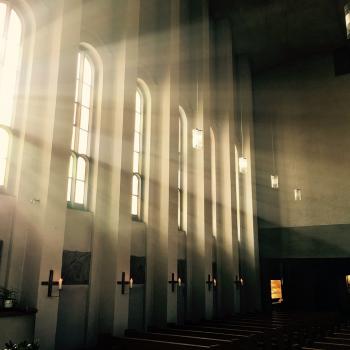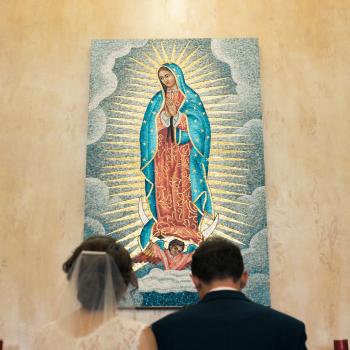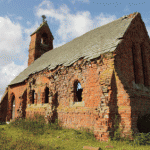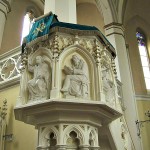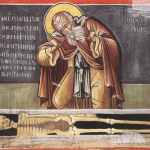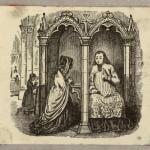There are some fascinating nuggets in this look at the recent CARA report on “The Changing Face of Catholic Parishes,” — including some valuable statistics on the diaconate:
The study found that lay ecclesial ministry — somewhat formally defined in recent years as working at least 20 hours a week in paid parish employment as a recognized and authorized church minister — has continued to grow, as has the number permanent deacons.
Updating several previous studies, the latest CARA study estimated that the number of lay ecclesial ministers in U.S. Catholic parishes has nearly doubled in the past 20 years, rising from less than 22,000 in the early 1990s to nearly 38,000 last year.
The number of diocesan and religious priests continues to decline — and still fewer are available for regular pastoral ministry as more of them reach retirement years, the study found.
One chart in the study shows the increase in permanent deacons since 1980 largely offsetting the decrease in priests, but the drop in women religious over those years was tremendous — from about 130,000 in 1980 to 56,000 in 2010.
Reflecting the growing lack of sufficient priests to staff all parishes, 5 percent of the parishes were led by a parish life coordinator — a deacon, religious brother or sister, or layperson — rather than a resident pastor.
More than half of all parish staff, including those not engaged in liturgical, catechetical or other ministries, were women.
Among paid staff engaged in ecclesial ministry, only 30 percent were diocesan or religious priests. Thirty-seven percent were laywomen, 5 percent women religious, 14 percent permanent deacons, 13 percent laymen, and 1 percent religious brothers.
Read it all. There’s much food for thought here.



